Learn : Food & Nutrition
Labrador Retriever with Skin Allergies
There is no pressure behind the lofty title that the Labrador Retriever regularly holds: the most popular dog breed in America. Like anything else in life, the Lab handles that title with the ease of a working dog who has become a beloved companion of families all over the country. With his intelligence, warmth, and desire to please, it is no wonder that the Labrador Retriever is the top choice as a family dog, therapy dog, and search and rescue dog.
As friendly and affectionate as the Labrador breed is, he does not come without some health conditions. Unfortunately, being the top dog does not preclude the Lab from developing skin allergies, some of which are the result of inflammatory reactions to environmental, genetic, or food intolerances.
Coat Type
The Labrador Retriever has a double coat, designed when the dog was originally bred in Newfoundland to help fisherman haul nets and retrieve fish and was in water daily. The top coat is sleek, short, and thick for protection from the elements while the undercoat is soft and weather-resistant. Labs typically come in one of three colors: black, yellow, or chocolate. It is not difficult to groom a Labrador Retriever; however, regular brushing is recommended due to the heavy shedding season this breed experiences at least twice yearly.
The short Lab coat can be a benefit to locating skin abnormalities that may crop up due to allergies. Check your dog’s coat and skin thoroughly each time you brush him to catch any skin issues as fast as possible.
Susceptibility to Skin Allergies
Like other retriever breeds, the Labrador Retriever is genetically more susceptible to skin allergies than some other dog breeds. Atopic dermatitis is one of the more common hereditary conditions that your Lab might suffer from. Itching caused by atopic dermatitis can range from mild to severe, and your dog may respond to the itchiness by scratching or rubbing the areas of discomfort.
One of the most common causes of atopic dermatitis in Labradors is environmental or contact allergens. The inhalation of pollen, molds, dust, or fungi can provoke an allergic reaction in a dog. Other environmental causes may be parasitic in nature with ticks, mosquitoes, and fleas as the culprits causing the allergies. A final potential cause for skin allergies is the existence of a food allergy, a condition that Labradors are likely to develop.
Allergy Locations on the Labrador Retriever
Labs with skin allergies typically suffer from skin ailments in various areas of the body, including the face, muzzle, ears, stomach, sides, and nose. Frequent itching, face rubbing, foot licking, or chewing on affected parts of the skin can lead to further skin trauma and damage. Without medical care, these spots can become sites for secondary infections, both bacterial and yeast.
With his folded over ears, your Labrador Retriever is already a candidate for ear infections; if he develops skin allergies, they are likely to manifest in this location amongst others. Regularly check your Lab’s ears and look for anything out of the ordinary such as dirtiness, strong odors, or redness that may be signs of an allergic reaction. Should your Lab excessively scratch his ears, he may have an allergy that needs to be managed lest further infections develop.
The Connection Between Skin and Food Allergies
The Labrador breed is prone to developing food allergies, which often appear as skin allergies through the body’s inflammatory reaction to the offending food. If your Lab rubs, itches, or bites on parts of his body regularly, he might have a food allergy.
An animal protein usually causes food allergies in dogs; beef and chicken tend to be the most common offenders. Some dogs, however, are allergic to foods like milk, wheat, corn, and eggs. Many dogs with food allergies suffer not only from skin inflammatory responses but also gastrointestinal issues.
Treatment Options
You can give your Labrador Retriever some temporary relief from itchy patches of skin and hot spots by using some over-the-counter products. Sulfate-free shampoos that are organic and hypoallergenic can calm and soothe inflamed and itchy skin. Added natural anti-inflammatories such as aloe vera, tea tree oil, and thyme can assist in stopping the itch and protecting the skin. Topical and organic sprays can address small lesions and hot spots as well. If these methods fail to bring your dog relief, speak to your veterinarian about using antihistamines or corticosteroids to get your Lab’s allergies under control.
Parasitic allergens like fleas or ticks can be managed through medicinal treatments and programs that your veterinarian can advise you about. Remedies are easy to give or apply to your dog and are highly effective at addressing skin allergies caused by insects.
Food allergies are tricky to diagnose, but if you think your dog might have a food allergy, consult your veterinarian or a board-certified veterinary nutritionist to help you determine the allergy’s source. The best means by which to determine if your Lab has a food allergy is to put him on an elimination diet. This diet should be a fresh food diet because restricted or single-ingredient diets are currently the most accurate way to diagnose a food allergy. Here are the steps to follow for an elimination diet:
- For eight weeks, feed your Labrador Retriever a single-ingredient or limited food that he has not eaten previously. The single-ingredient diet is vital to the success of the test.
- The elimination diet must have only single sources of vegetable protein, animal protein, and carbohydrate calories. Think of foods such as rabbit and peas or fish and potato. Avoid feeding your Lab foods with unidentified proteins or natural flavors which can skew the results of the test.
- During these eight weeks, avoid giving your Lab table food, treats, supplements, or flavored medications. These foods can interfere with an allergy diagnosis.
- After eight weeks, carefully and slowly switch your Lab back to his regular diet and watch for any allergic reactions that ensue.
Consider adding a probiotic to your Lab’s diet as an additional means by which to manage skin and food allergies. Probiotics have been proven to strengthen the immune system and reduce, or in some cases eliminate, canine allergies.
How to Manage Food-Based Allergies
If you want to manage your Lab’s allergies, feed him a fresh food diet that will give him the nutritional power he needs to fight allergic reactions. Although commercial dry kibble is a standard dog food option, this diet fails to provide dogs with the nutrients they need to be strong, healthy, and free from allergies. Commercial dog foods are often lacking in healthy fats that work to calm and control skin inflammation; these foods typically do not have fish oil or sunflower oil or essential fatty acids such as Omega-3 and Omega-6. Fresh food picks up the slack and gives your dog every vitamin and mineral his body requires.
Managing your Lab’s food and skin allergies starts with feeding him right with a diet that has the nutrition his body craves. Fresh food delivers when it comes to these nutritional components. A fresh diet should include essential amino acids, minerals like zinc, and B-vitamin complexes, all of which bolster the immune system to fight allergies from head to paw.
Here are some ways to manage your Lab’s allergies through his diet:
|
Condition |
Dietary Needs and Adjustments |
|
Coat Color Changes |
Increase amino acids which can be found in protein (>75 grams per 1000 calories); use our calculator to convert a label percentage to the caloric basis (grams per 1000 calories) |
|
Concurrent GI Signs |
Avoid foods with tryptamine and histamine such as dairy or fermented vegetables and meats (yes, this includes bacon); try a simple ingredient food trial |
|
Chronic Itching and Dermatitis |
Fortify the diet with Vitamin E, B Vitamins, omega-6 and the omega-3 fatty acids found in fish oil; add a probiotic; try a simple ingredient food trial |
|
Dull Coat and Scaling |
Adjust EPA and DHA levels in the diet (added fish oil being the most common way); try a food that has added zinc |
|
Dandruff and Crustiness |
Add Zinc and Vitamin A levels |
What Fresh Food Can do for Your Labrador Retriever
Fresh food means a reduction in or even an end to your Lab’s food and skin allergies. When you open a package of fresh dog food, you can see the real ingredients that your dog will consume. There is no guesswork here, just pure, wholesome nutritional goodness that includes essential antioxidants and properly preserved fats. Whereas commercial dry kibble lasts longer and is generally cheaper than fresh food, you end up paying later on in veterinary bills and in watching your Lab suffer from uncomfortable health conditions. A fresh food diet can provide the complete nutrition your Lab needs to live healthy and allergy-free.
Core minerals and fatty acids within a fresh food diet will keep your Lab’s coat shiny and smooth. His immune system will be stronger, and you will start to see fewer allergic reactions within a short period. Should your Lab require specialized foods, most fresh foods can be customized to meet his specific nutritional requirements.
About Nom Nom
Your Labrador Retriever can be the most popular breed in American while also remaining allergy-free with a fresh food diet from Nom Nom. Our company provides the best in fresh food meals with your dog’s health and happiness in mind. Perfectly portioned and packaged meals are delivered straight to your door so you can easily feed your dog fresh, tasty food that is good for him, and that gives you peace of mind.
Every package of Nom Nom meals comes with the Nutrient Mix. We’ve added an extra boost to your dog’s meal with additional immune support provided by selenium, magnesium, and zinc. Vitamins A and E for skin and coat health are also part of the Nutrient Mix, all designed to keep your Lab healthy and happy without the itching and scratching.
- Shaw, S., Wood, J., Freeman, J., Littlewood, J., Hannant. D. (2004). Estimation of heritability of atopic dermatitis in Labrador and Golden Retrievers. American Journal of Veterinary Research, 65 (7), 1014 - 1020. Retrieved from https://avmajournals.avma.org/doi/abs/10.2460/ajvr.2004.65.1014
- Godfrey, R., Godfrey, D. (2011). Labrador Retriever Canine Atopic Dermatitis. Universities Federation Animal Welfare. Retrieved from https://www.ufaw.org.uk/dogs/labrador-retriever-canine-atopic-dermatitis
- Sousa, C., Marsella, R. (2001). The ACVD task force on canine atopic dermatitis (II): genetic factors. Veterinary Immunology and Immunopathology, 81, (3-4), 153 - 157. Retrieved from https://www.sciencedirect.com/science/article/pii/S0165242701002975
- Youn, H., Kang, H., Bhang, D., Kim, M., Hwang, C., Han, H. (2002). Allergens Causing Atopic Diseases in Canine. Journal of Veterinary Science, 3 (4), 335 - 341. Retrieved from https://www.vetsci.org/Synapse/Data/PDFData/0118JVS/jvs-3-335.pdf
- Lauber, B., Molitor, V., Meury, S., Doherr, M., Favrot, C., Tengvall, K., Bergvall, K., Leeb, T., Roosje, P., Marti, E. (2012). Total IgE and allergen-specific IgE and IgG antibody levels in sera of atopic dermatitis affected and non-affected Labrador- and Golden retrievers. Veterinary Immunology and Immunopathology, 149 (1-2), 112 - 118. Retrieved from https://www.sciencedirect.com/science/article/pii/S016524271200178X
Mueller, R., Olivry, O., Prelaud, P. (2016). Critically appraised topic on adverse food reactions of companion animals (2): common food allergen sources in dogs and cats. BMC Veterinary Research, 12 (9). Retrieved from https://bmcvetres.biomedcentral.com/articles/10.1186/s12917-016-0633-8


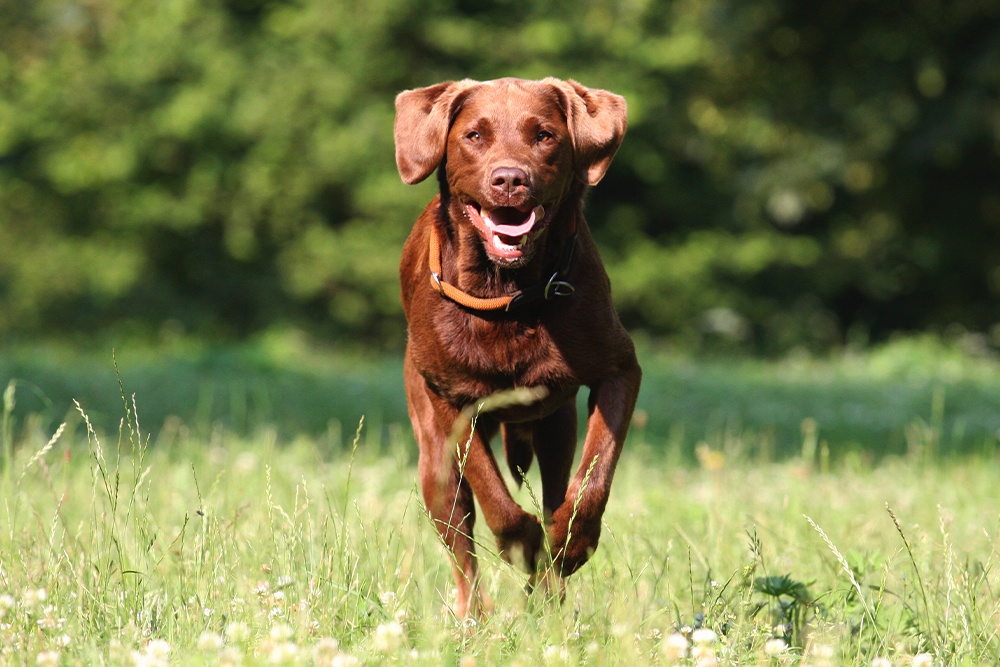
 Australian Shepherds with Skin Allergies
Australian Shepherds with Skin Allergies
 Cavalier King Charles Spaniel with Skin Allergies
Cavalier King Charles Spaniel with Skin Allergies
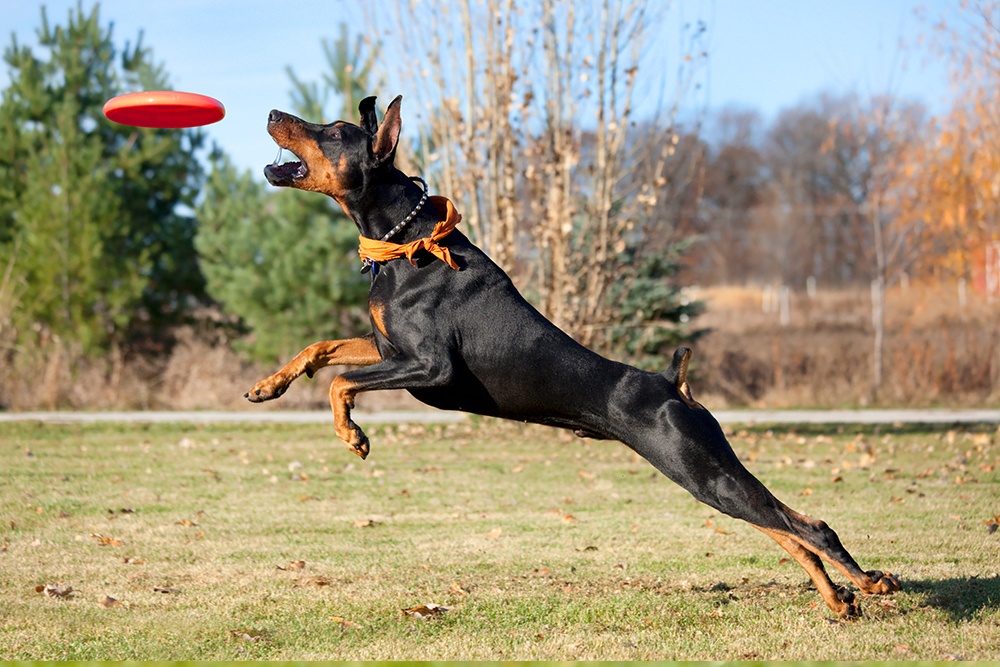 Doberman Pinschers with Skin Allergies
Doberman Pinschers with Skin Allergies
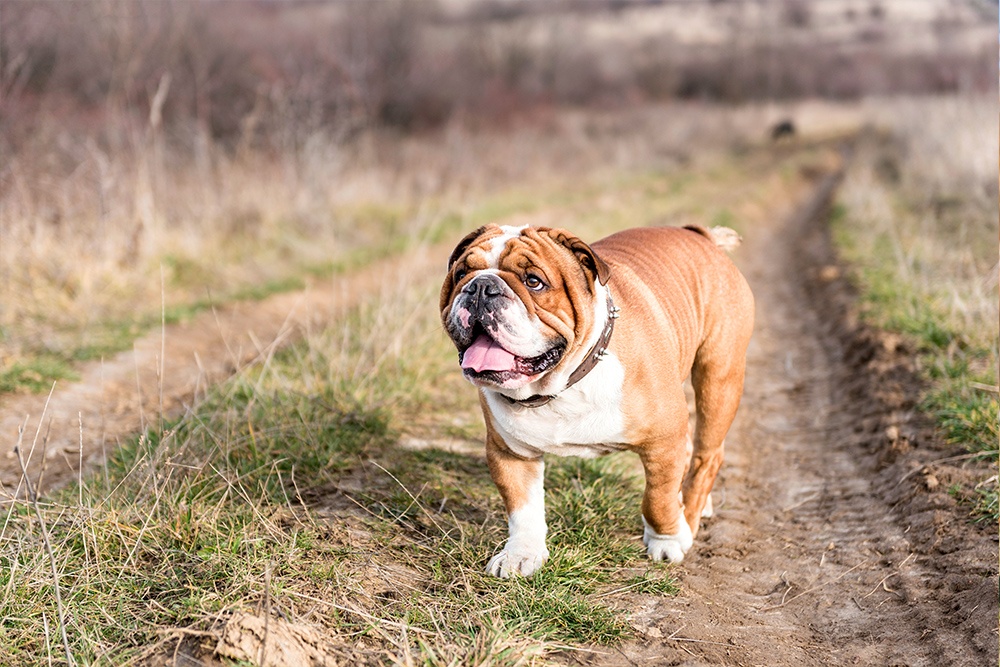 English Bulldogs and Skin Allergies
English Bulldogs and Skin Allergies
 French Bulldogs with Skin Allergies
French Bulldogs with Skin Allergies
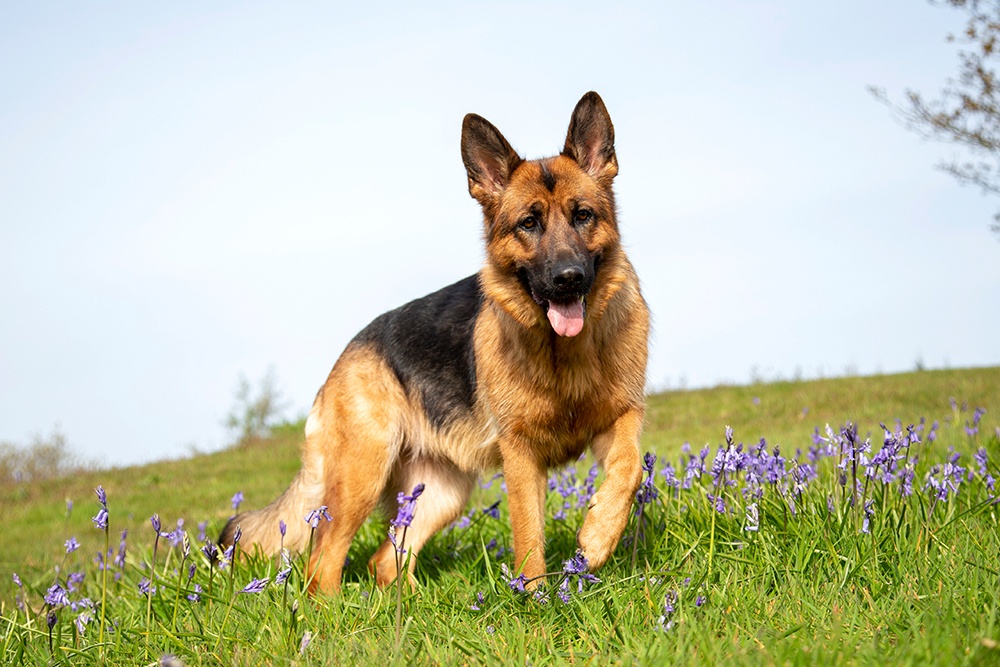 German Shepherds with Skin Allergies
German Shepherds with Skin Allergies
 Golden Retrievers with Skin Allergies
Golden Retrievers with Skin Allergies
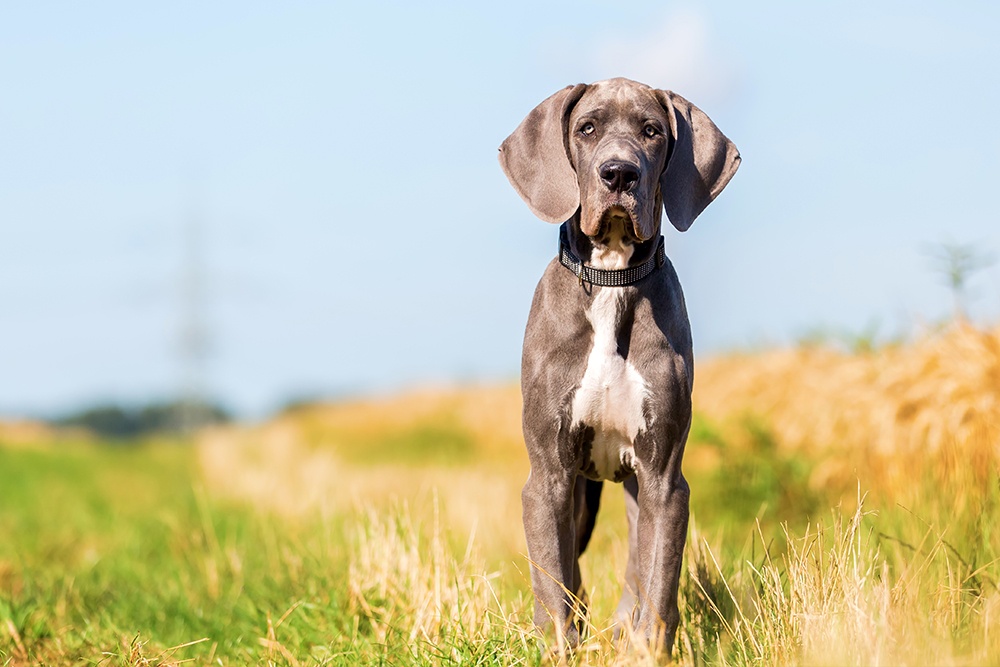 Great Danes with Skin Allergies
Great Danes with Skin Allergies
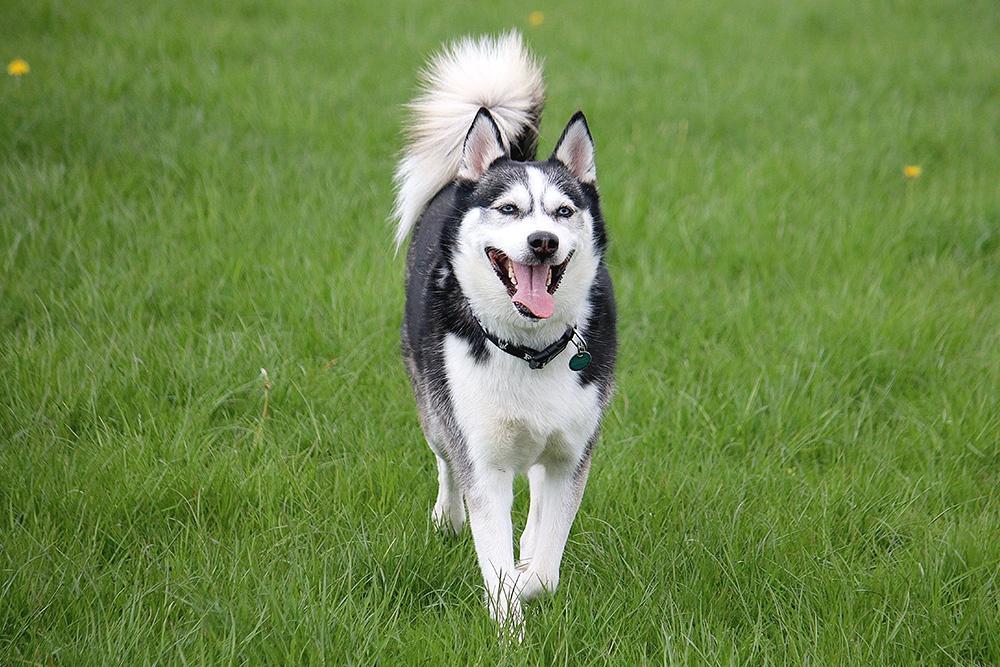 Husky with Skin Allergies
Husky with Skin Allergies